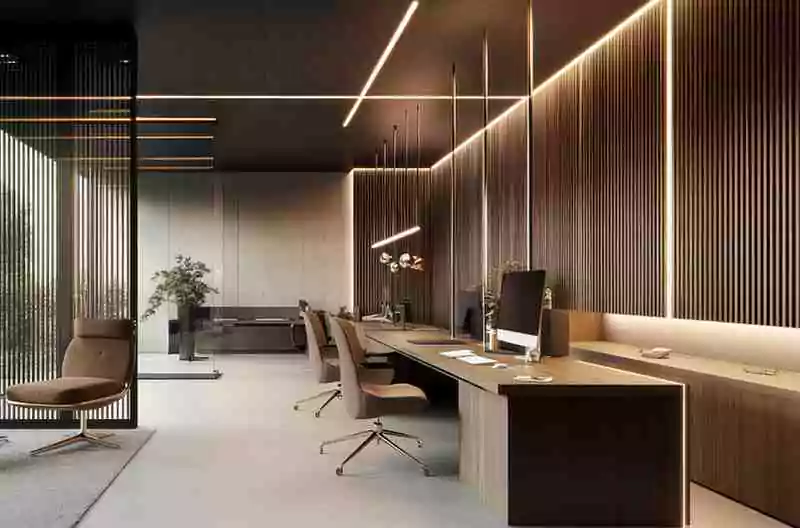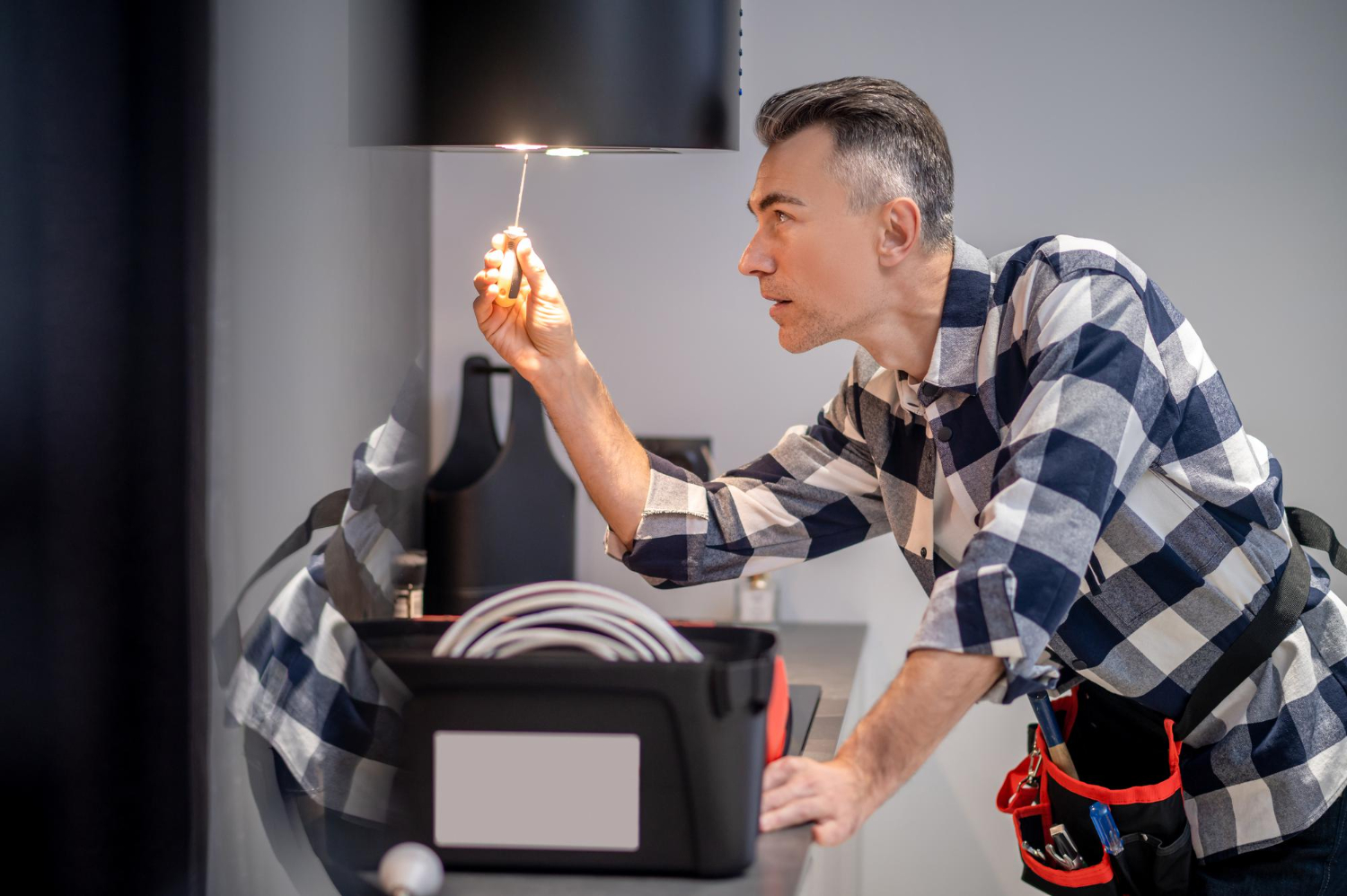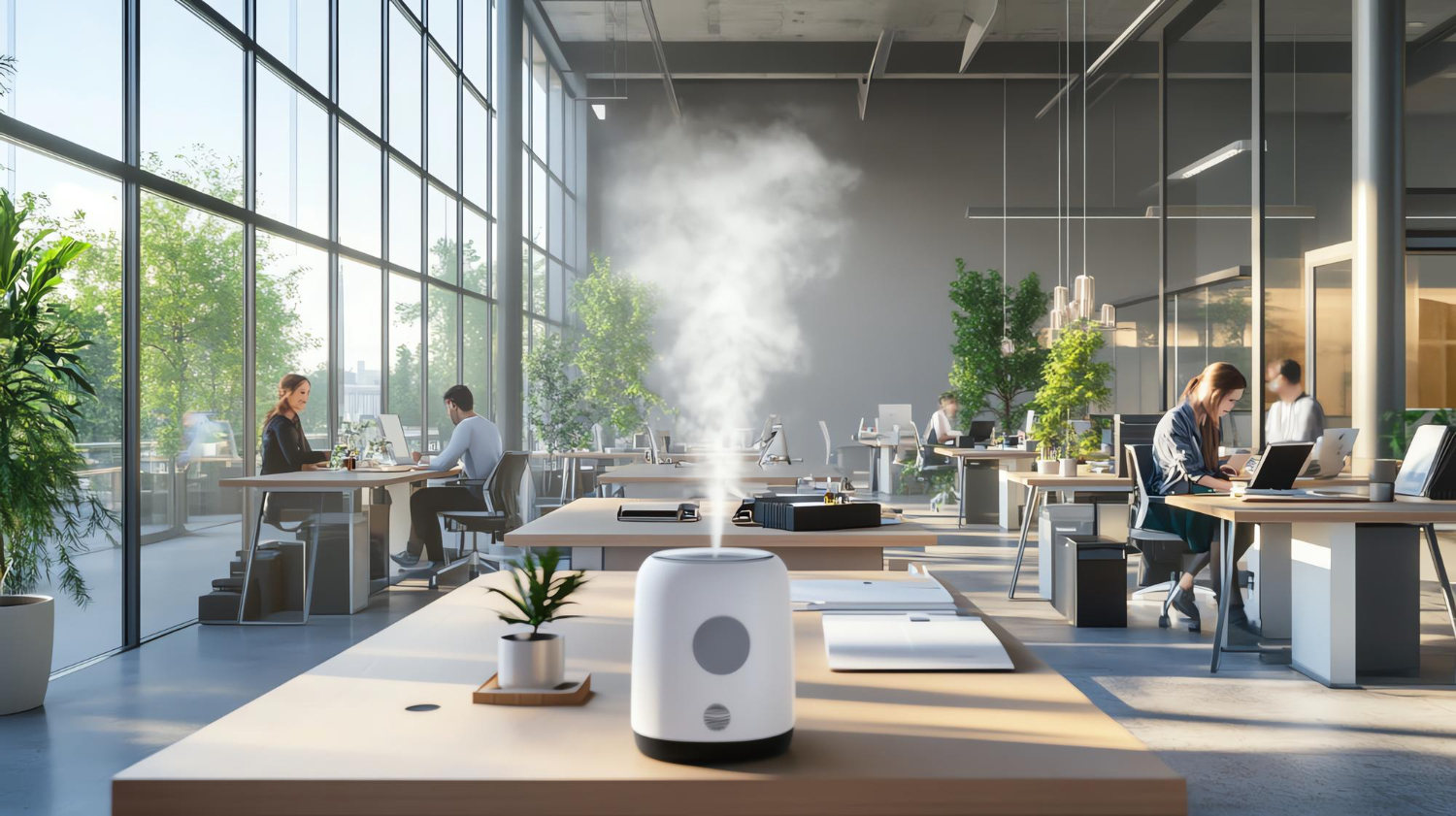Why Office Lighting Deserves More Attention
- 2 June, 2025

Most Indian offices focus on layout, ergonomics, and even air conditioning, but often ignore a silent productivity killer: poor lighting.
From migraines and eye strain to disrupted sleep and low morale, lighting quality directly impacts how employees feel and perform. And it’s not just about brightness—colour temperature, glare, and exposure to natural light all play crucial roles.
In this blog, we break down the science-backed effects of poor lighting on employee wellbeing, especially in Indian corporate environments, and what you can do to fix it.
Lighting and Workplace Wellness: What the Data Says
Lighting isn’t just a design choice—it’s a biological necessity.
Studies by Harvard University and the American Society of Interior Designers reveal that:
- 68% of employees complain about the lighting in their office.
- Poor lighting has been linked to eye strain, headaches, fatigue, stress, and even depression.
- Lack of natural light exposure disrupts circadian rhythms, affecting sleep and energy levels.
In India, where many offices use outdated lighting systems or lack access to daylight, the impact is even more pronounced.
Common Lighting Mistakes in Indian Workplaces
-
Overhead Glare from Fluorescent Tubes
Common in older buildings, this lighting causes glare and visual discomfort. -
Inconsistent Color Temperatures
Mixing cool white and warm yellow bulbs creates visual stress and mood imbalance. -
Lack of Access to Daylight
Poor window planning or covered glass restricts natural light, affecting mental alertness. -
Dim or Uneven Lighting Zones
Creates shadowy areas, leading to eye strain and reduced productivity.
How to Improve Office Lighting for Better Wellbeing
-
Maximize Natural Light
Use sheer curtains, glass partitions, and flexible desk layouts to improve daylight access. -
Switch to Human-Centric LED Lighting
Choose tunable LEDs that mimic natural daylight patterns.
Set cooler light tones (5000K–6500K) for morning focus, warmer tones (2700K–3000K) for late afternoons. -
Conduct Regular Lighting Audits
Measure lux levels at workstations.
Identify flickering, glare, or colour temperature inconsistencies. -
Train Facility Teams and Managers
Educate them about lighting ergonomics and how to adjust lighting to match tasks and time of day.
6-Step Action Plan for Better Lighting
- Evaluate the current lighting setup and lux levels.
- Increase daylight access wherever possible.
- Upgrade to tunable, flicker-free LED lights.
- Standardize colour temperature across zones.
- Schedule bi-annual lighting audits.
- Gather regular feedback from employees.
Lighting isn’t just about visibility, it’s about vitality.
If you want your team to stay energized, focused, and happy, optimize your lighting setup just like you would your tech or HVAC.
Book a lighting wellness audit today and build a brighter workplace.
Schedule Your Office Lighting Assessment



